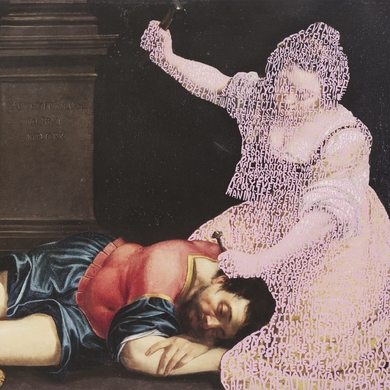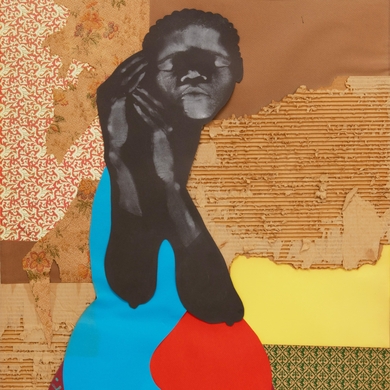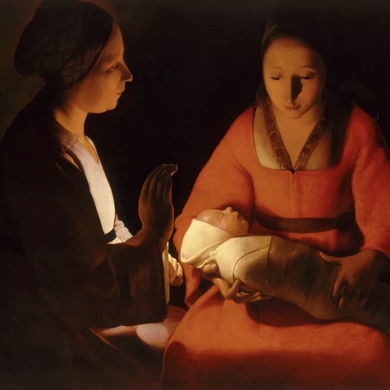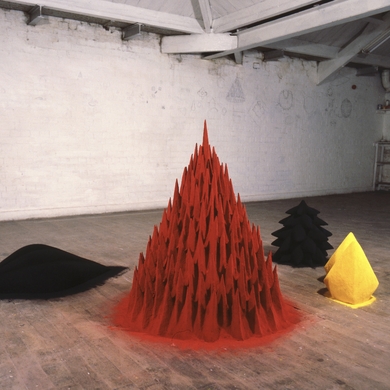“Every part of Palmyra’s terrain is considerably enhanced by monumental rubble,” Louis-François Cassas said of his 1785 entry into Palmyra. “There are columns and capitals overturned in the middle of entablatures and door frames, richly adorned and half broken. Beyond all these wonderful ruins, extends an ocean of blazing sand stretching all the way back to the horizon that appears to shimmer like a blue sea.” Situated in present day Syria, in the Tadmurean desert, the ancient Semitic city was a sprawling and wealthy trade and culture hub, and a meeting place for the Romans and Parthians in the 2nd and 3rd centuries. This World Heritage Site sustained further ruin in 2016, when ISIS fighters blew up some of its structures. The irreplaceable relic was, however, well documented, with the first photographs taken back in 1864. This online ode to Palmyra and its legacy exhibits the first etchings that recorded its incomparable beauty. —E.C.
Arts Intel Report
The Legacy of Ancient Palmyra

When
May 1, 2020 – Sept 20, 2021
Where
Etc
“Temple of Bel,” Jean-Baptiste Réville and Pierre Gabriel Berthault after Louis- François Cassas.



